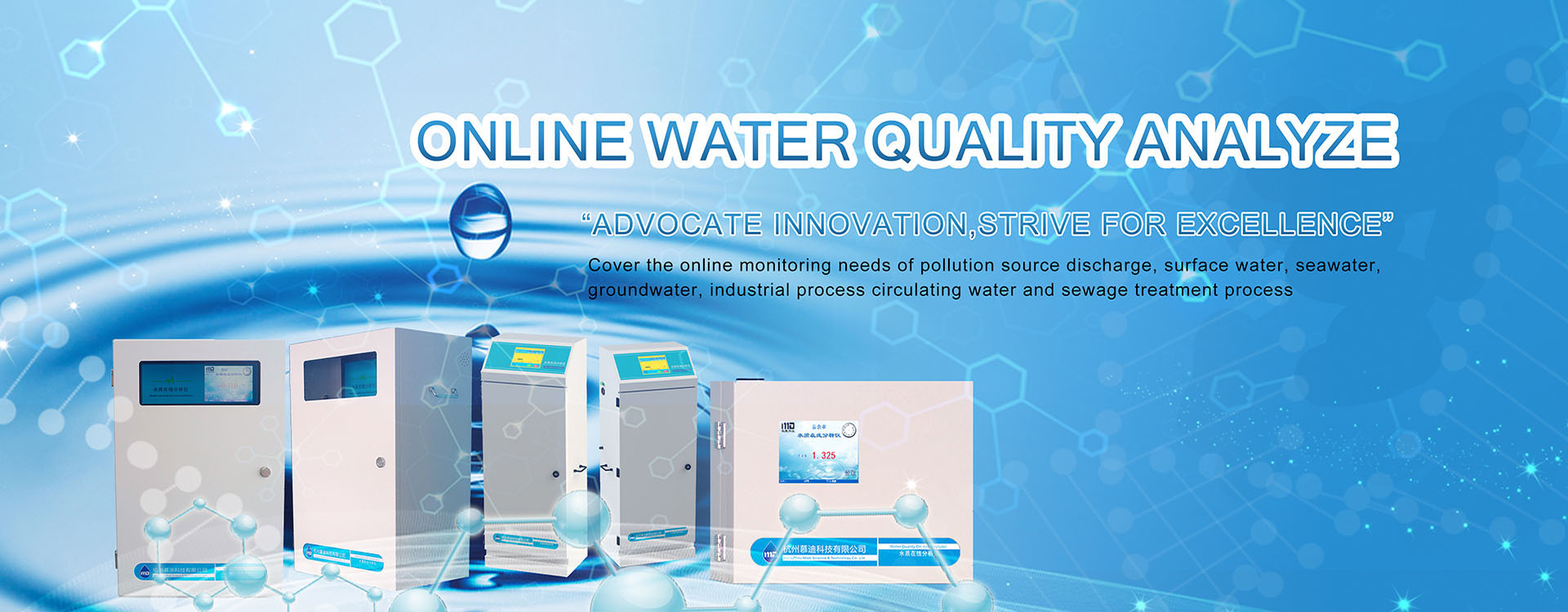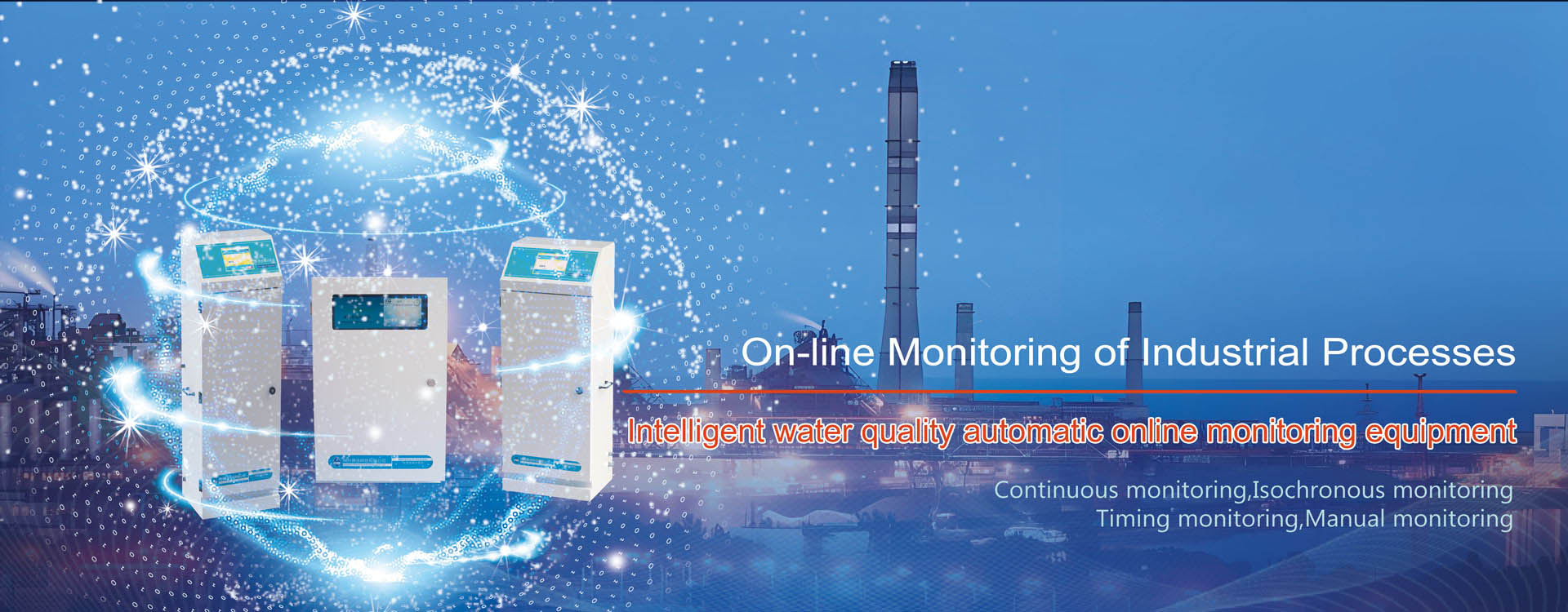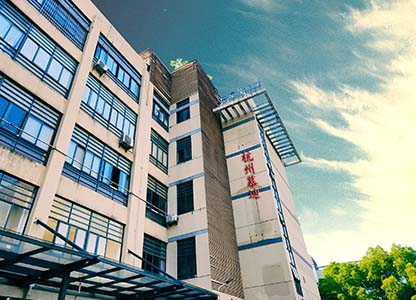Medical wastewater refers to the wastewater discharged by hospitals into the natural environment or urban pipelines. However, it is not advisable to discharge such water directly without treatment and monitoring, as it will pollute the originally healthy water sources. Therefore, it is necessary to monitor and confirm that these wastewaters meet the standards before they can be discharged!
The main pollutants in medical wastewater include pathogens, organic matter, suspended solids, etc. Among them, there are a large number of bacteria. To eliminate these bacteria, chlorine disinfectant is used because the amount of disinfectant remaining in the water is directly proportional to the bacteria. The more bacteria you kill, the more disinfectant you need. If there are many bacteria, the remaining residual chlorine will not be much and will not cause any harm to the human body. However, if there are few bacteria, the residual chlorine will be high and may exceed the standard. In such a case, if the water is directly discharged, the consequences are hard to predict, at least it poses a threat to human health.
Some people may say, “If I calculate the amount of disinfectant and try my best to control the residual chlorine, does that mean there’s no need to install an analyzer to monitor the total residual chlorine?” Then may I ask, with such control, do you know that she hasn’t exceeded the limit? In this case, it is necessary to install an online total residual chlorine analyzer at the discharge outlet to monitor the content of total residual chlorine in the water in real time through this instrument.
So, for the online monitoring of medical wastewater, is it sufficient to monitor the total residual chlorine? Of course not! Another common indicator is coliform bacteria, which is quite different from the instrument used to monitor residual chlorine. It is called the “Online Coliform Bacteria Analyzer for Water Quality“. From this, it can be seen that monitoring the total residual chlorine in medical wastewater is not enough. Instead, it is necessary to conduct real-time monitoring of various indicators in the water based on the specific conditions of the water quality.




